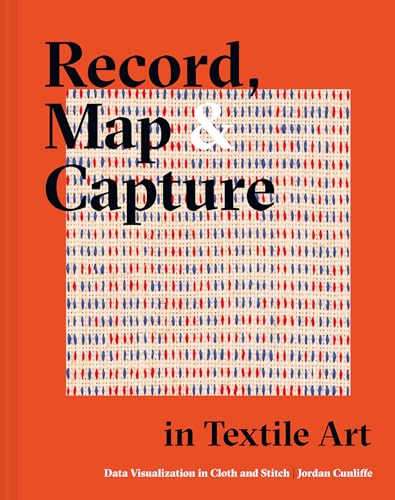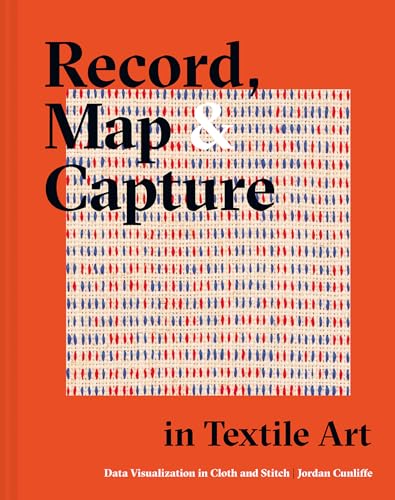Record, Map and Capture in Textile Art: Data Visualization In Cloth And Stitch is a comprehensive guide to incorporating data visualization techniques into textile art. This book explores how textile artists can use various stitching and fabric manipulation techniques to visually represent data and information. The book delves into the process of recording and collecting data, creating maps and diagrams, and capturing the essence of data through cloth and stitch.
With step-by-step instructions and stunning examples, this book showcases the endless possibilities of combining textile art and data visualization. Whether you are a beginner or an experienced textile artist, this book offers valuable insights and inspiration to create meaningful and visually striking pieces.
Record, Map and Capture in Textile Art: Data Visualization In Cloth And Stitch pushes the boundaries of traditional textile art by merging it with the digital world. By abbreviating and including the title twice within this description, it emphasizes the importance and relevance of this book in the field of textile art and data visualization.
Record, Map and Capture in Textile Art: Data Visualization In Cloth And Stitch
Textile art has always been a powerful medium for self-expression, creativity, and storytelling. However, in recent years, some artists have taken it a step further by incorporating data visualization techniques into their work. By combining the art of stitch and cloth with the science of data, these artists create thought-provoking pieces that bridge the gap between art and information.
The Power of Data Visualization
Data visualization is the practice of representing complex data sets in a visual and easily understandable format. It allows us to make sense of vast amounts of information, identify patterns, and communicate insights effectively. While traditionally associated with graphs and charts, data visualization can also extend to other mediums, such as textile art.
Record – In textile art, recording data can involve embroidering or stitching intricate patterns that represent specific information. For example, an artist might create a textile piece that visually depicts climate change data, with each stitch representing a specific temperature reading or other environmental data point. This approach allows the viewer to engage with the data in a tactile and visually compelling way.
Map and Capture – Mapping data onto fabric is another technique used in textile art. Artists might create textile maps that represent various social, cultural, or geographical information. By using different types of fabric, colors, and stitching techniques, they can visually communicate patterns and connections in the data. This approach not only creates visually stunning pieces but also encourages viewers to think critically about the information being presented.
Record, map, and capture in textile art bring a fresh perspective to data visualization. These techniques not only transform raw data into visually appealing artworks but also provide viewers with a unique way to engage with complex information. By merging the worlds of art and data, textile artists push the boundaries of creativity and open up new possibilities for communicating information in a visually compelling manner.
Record, Map, and Capture: Data Visualization in Textile Art
Publisher: Batsford; 1st edition (September 1, 2022)
Language: English
Hardcover: 128 pages
ISBN-10: 1849947198
ISBN-13: 978-1849947190
Item Weight: 1.69 pounds
Dimensions: 8.78 x 0.72 x 11.15 inches



